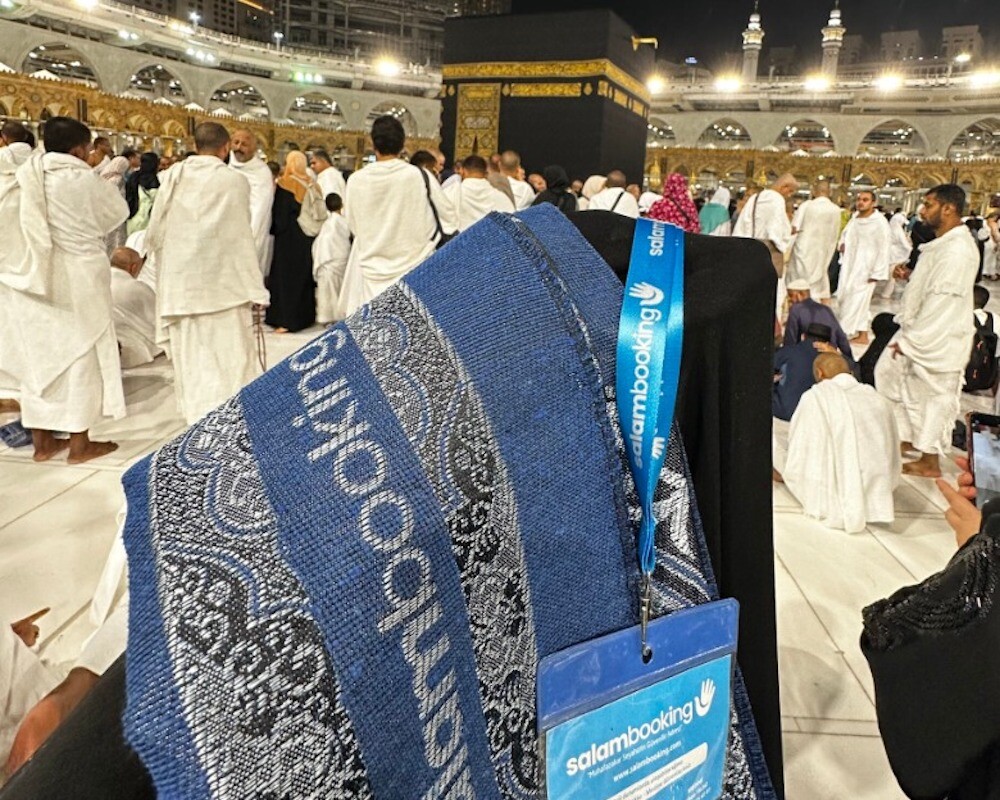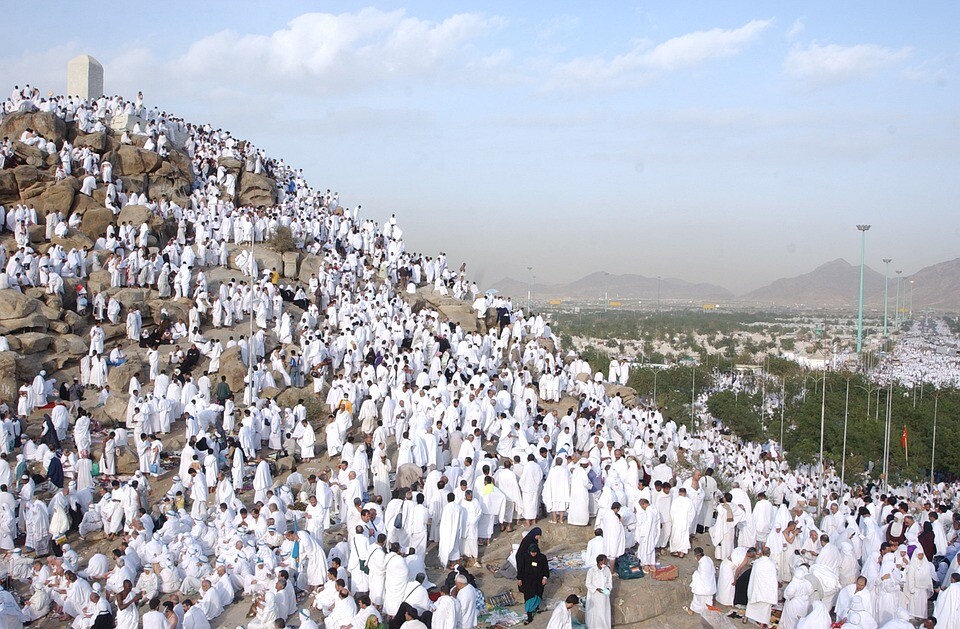Tracing the Rich History and Evolution of Hajj
Introduction: The annual pilgrimage of Hajj, a cornerstone of Islamic faith, weaves a tapestry of history that stretches back to the revered Prophet Ibrahim (AS). Delving deeper into the annals of time, we unravel the intricate layers of Hajj’s evolution, its historical milestones, and the transformative journey it has undergone from its inception to the present day.
The Foundation Laid by Prophet Ibrahim (AS): The foundations of Hajj find their roots in the divine commandments given to Prophet Ibrahim (AS). The Quran vividly recounts the moment when Ibrahim (AS) and his son Isma’il (AS) raised the foundations of the Kaaba, beseeching Allah’s acceptance: “Our Lord, accept [this] from us. Indeed, You are the Hearing, the Knowing.” (Quran, Al-Baqarah 2:127). This act marked the inception of Hajj, setting the stage for the rituals that would later define the pilgrimage.
Tracing the Rich History and Evolution of Hajj
Hajar’s Quest and the Miracle of Zamzam: After leaving his wife Hajar and son Isma’il in the desolate Makkah, Prophet Ibrahim (AS) entrusted them to Allah’s care. Hajar’s tireless search for water for her thirsty child between the hills of Safa and Marwah symbolizes unwavering faith and perseverance. Allah, in response to her supplications, bestowed the miraculous well of Zamzam, breathing life into the arid land and shaping the course of Hajj history.
Building the Kaaba: The reconstruction of the Kaaba by Prophet Ibrahim (AS) and his son Isma’il (AS) holds a pivotal place in Hajj’s history. While Islamic history posits that the foundations were already present, the divine command urged Ibrahim (AS) and Isma’il (AS) to rebuild and purify the Kaaba for the worship of Allah. The Quranic verses provided the blueprint for this sacred task, outlining the rituals that would become integral to Hajj.
The First Hajj According to the Quran: Before the formalization of Hajj by Prophet Muhammad (SAW), the pilgrimage underwent changes and adaptations. The era preceding Islam saw the distortion of Hajj practices by the pagan Arab community. However, the essence of Hajj remained, as it was practiced by Prophet Ibrahim (AS). The restoration of the true form of Hajj occurred in the 9th year of Hijra, marking the beginning of Hajj as it is known today.
The Formalization of Hajj and Relations with Polytheists: In the year 631 CE, Prophet Muhammad (SAW) formalized the rituals of Hajj, appointing Hazrat Abu Bakr (RA) as the Hajj leader. The revelation of Surah At-Tawbah addressed the treaties with polytheists and intervened in the pagan practices associated with Hajj. This historic event solidified the structure of Hajj and laid the groundwork for subsequent pilgrimages.
Hazrat Ali’s Role in Clarifying Hajj Regulations: Hazrat Ali (RA), a key figure in Islamic history, played a crucial role during the 9th-year Hajj. Tasked by Prophet Muhammad (SAW), he conveyed the initial verses of Surah At-Tawbah to pilgrims at Mina. These verses clarified regulations related to Hajj, emphasizing the exclusive entry of Muslims into Paradise, restricting polytheists from approaching the Kaaba, and addressing issues such as proper attire during Tawaf.
Types of Hajj: Hajj caters to diverse circumstances and intentions, offering variations to accommodate the pilgrims’ needs:
- Kiran Hajj: Pilgrims combine Umrah and Hajj with a single Ihram, completing both rituals without leaving the consecrated state. Animal sacrifice is obligatory.
- Tamattu Hajj: Pilgrims undertake Umrah and Hajj separately, entering Ihram for each. Sacrificing an animal is mandatory for Tamattu Hajj participants.
- Ifrad Hajj: Pilgrims focus solely on performing Hajj without incorporating Umrah. Animal sacrifice is optional for Ifrad Hajj participants.
Conclusion: The history of Hajj unfolds as a sacred narrative, interwoven with the faith and devotion of millions of Muslims throughout the centuries. From the foundational acts of Prophet Ibrahim (AS) to the formalization by Prophet Muhammad (SAW), Hajj stands as a testament to the enduring connection between believers and the divine legacy. As pilgrims embark on this sacred journey each year, they traverse the sands of time, reenacting rituals that echo through history and resonate with the timeless spirit of submission to Allah.

You can review our Hajj programs through the link. Don’t forget to follow Salambooking for the latest and informative articles about Hajj.

